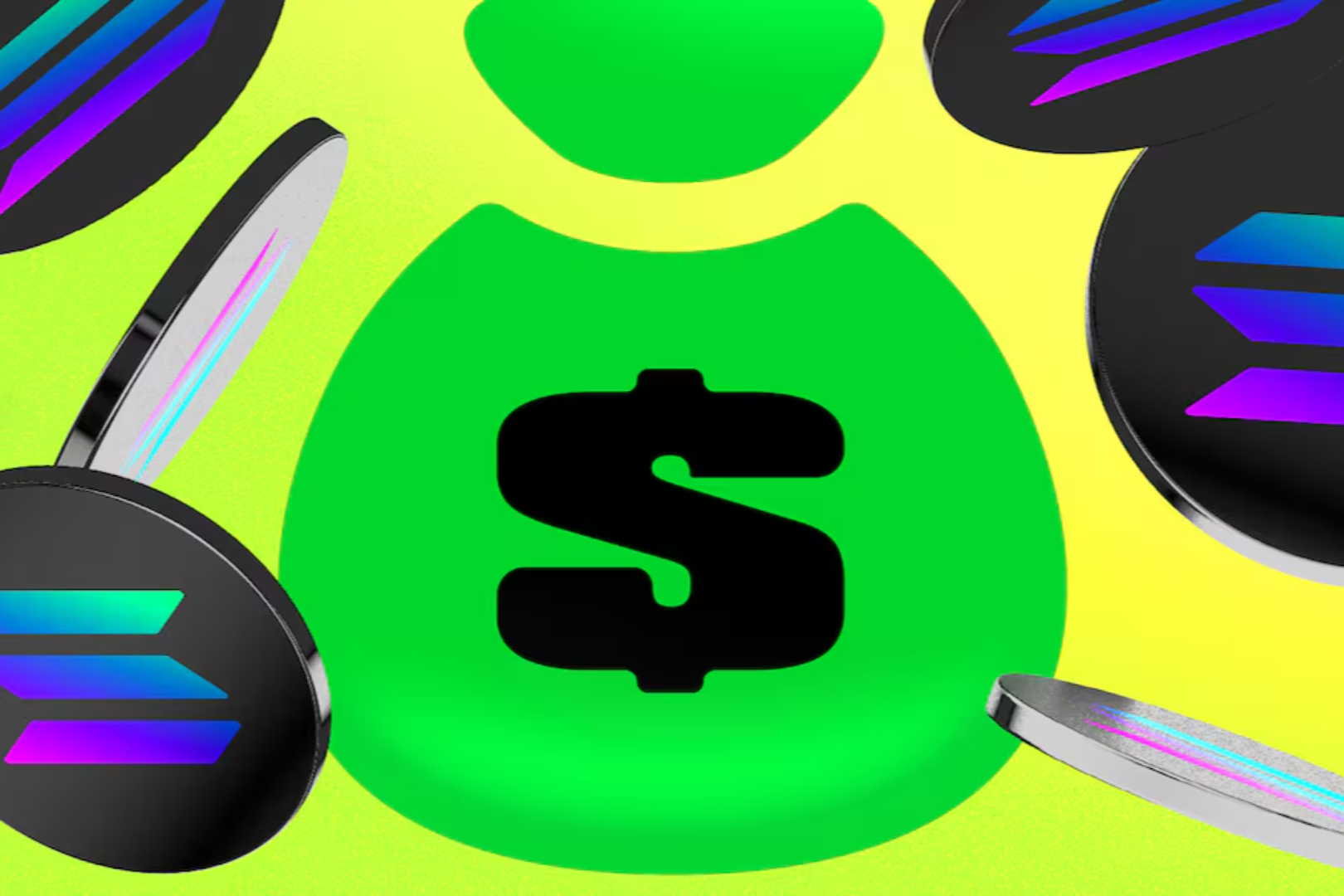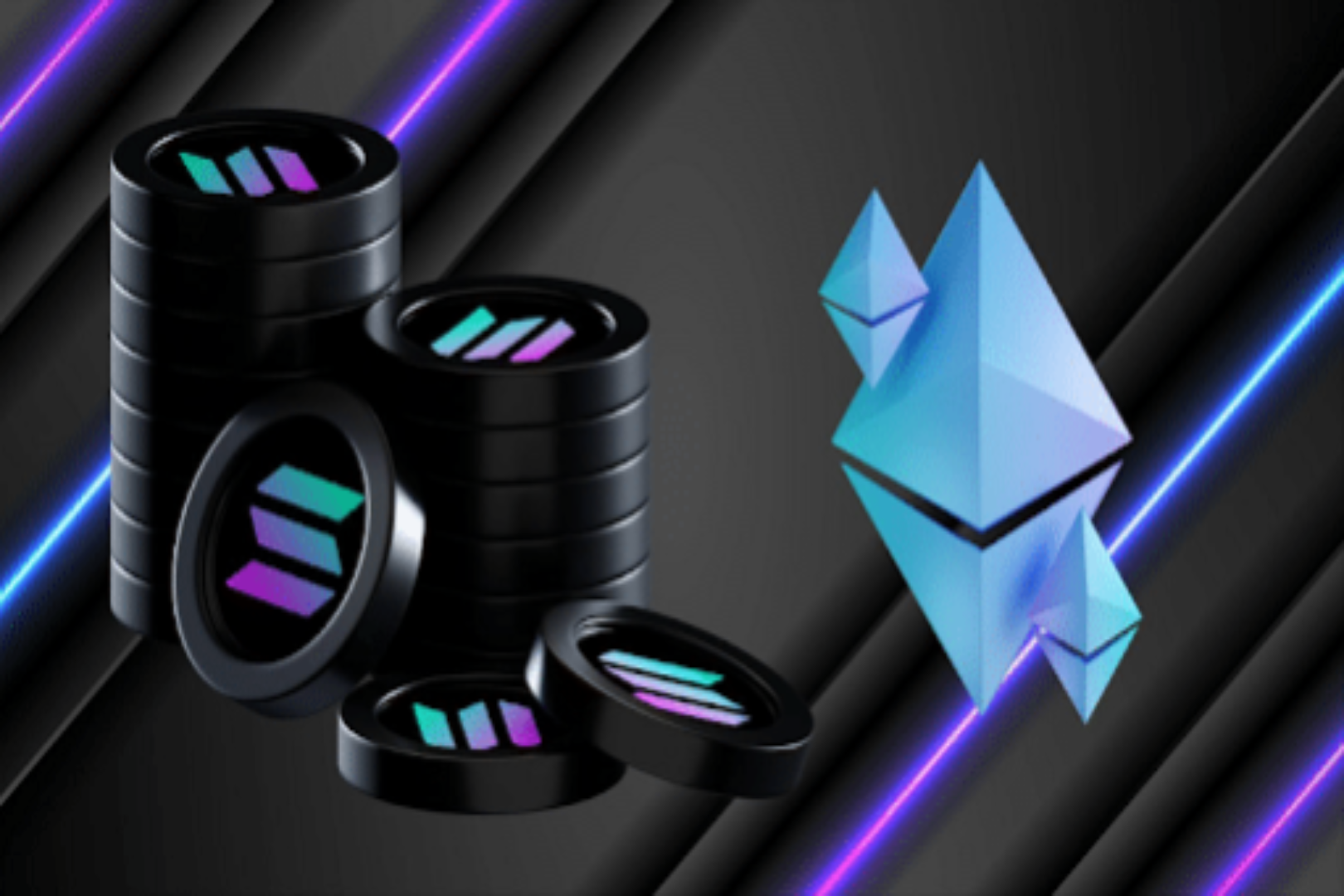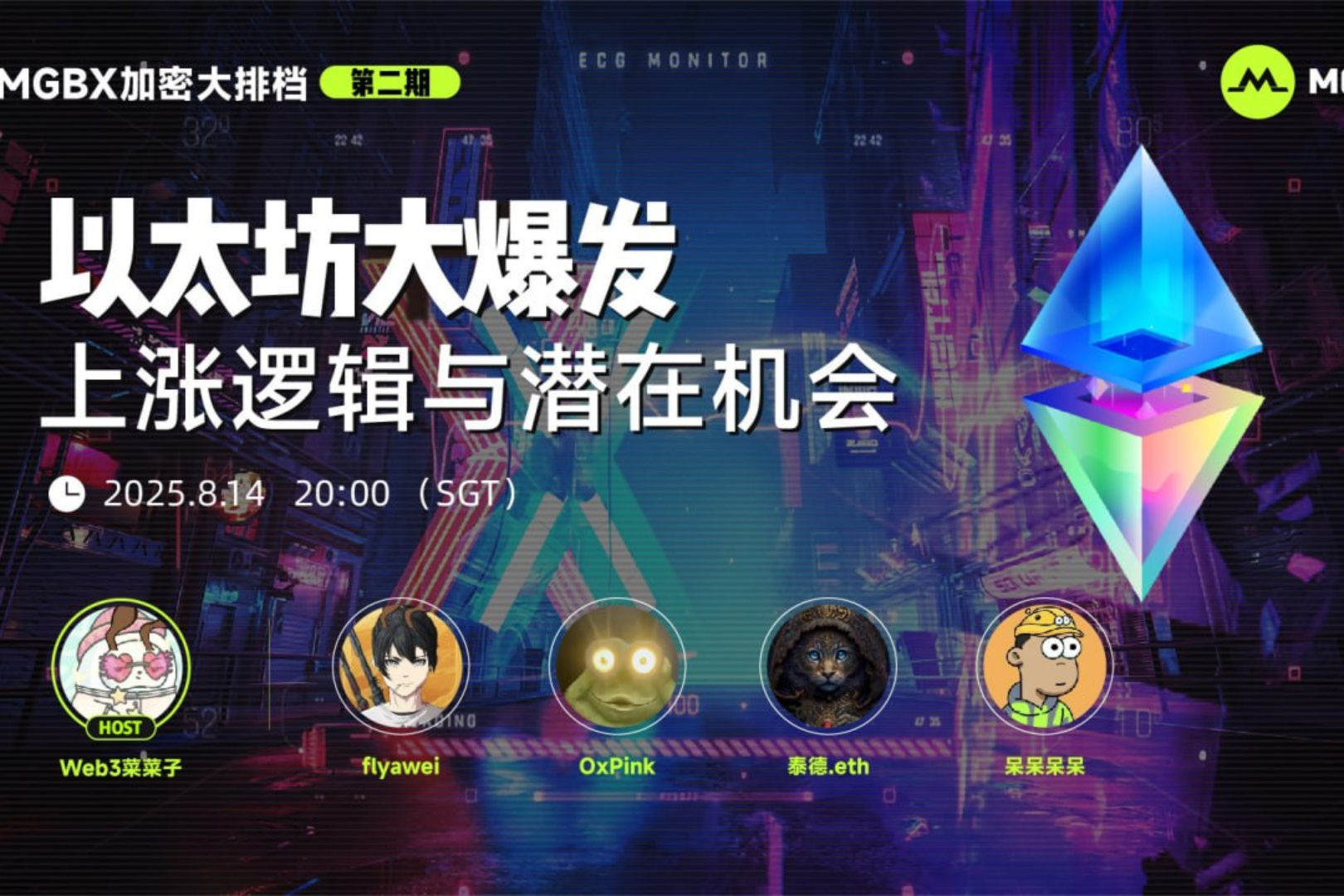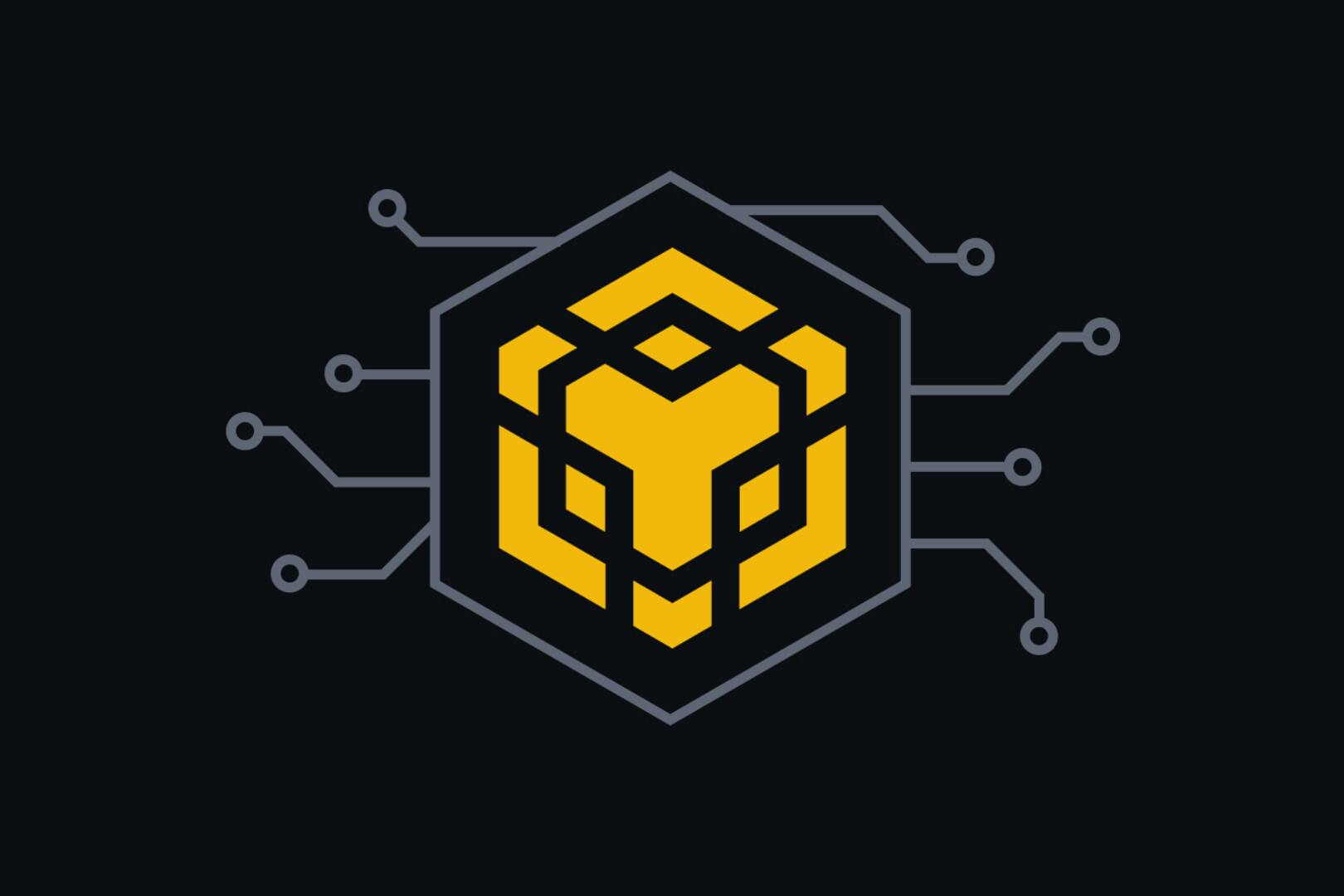Original author: Zz
In August 2025, according to Deflama data, Pump.fun generated over $8.58 million in revenue in just one week, ranking first on the Solana platform with a 67.9% market share. However, according to Solidus Labs' "2025 Rug Pull Report," despite the enormous size of the meme coin market, its ecosystem exhibits high risk and a high failure rate, with 98.6% of projects ultimately failing.
For the vast majority of meme creators, they create virality but are unable to share the huge economic benefits it brings. The market has therefore become a "graveyard of creators' value." Bags grasped the key to this contradiction and started from there.
Mechanism analysis and innovations
Bags provides a new model for the issuance and trading of Meme coins by improving the three core aspects of Meme creators' income, users' social experience and entry and trading process.
Automatic income distribution mechanism:
Under traditional models, meme creators struggle to profit from virality. Bags has introduced an innovative revenue distribution mechanism, the "Income Assignment feature." This feature allows the community to automatically allocate the original creator's wallet as the recipient of the token issuance, automatically distributing each transaction fee to the creator.
For example, the $NYAN token, used by the meme's original creator, Chris Torres, is set as a revenue address for the meme's original creator, Chris Torres, allowing him to continuously receive a share of the transaction without any involvement. This "passive benefit" model overcomes Pump.fun's restriction that creators must issue tokens themselves, allowing creators even those not interested in cryptocurrency to earn real income.
However, this unauthorized "forced dividend" carries legal compliance risks. In some jurisdictions, regulators may define this mechanism as a securities offering or investment contract. Furthermore, it could trigger legal disputes regarding intellectual property rights or publicity rights.
Integrated Social:
Bags seamlessly integrates group chat and transactions, allowing users to see their friends' purchases in real time and instantly convert community discussions into transactions. Compared to the single-function Pump.fun, this "chat and buy" model has stronger user stickiness and virality.
However, closed group chats can easily create information cocoons, making it difficult for external rational or warning voices to enter. This amplifies FOMO emotions and exacerbates speculative bubbles.
Lowering the threshold:
The platform supports multiple payment methods, including Apple Pay and Coinbase, significantly lowering the barrier to entry. From discovering an interesting meme to completing a transaction, it only takes a few minutes, making it far more convenient than traditional DeFi applications.
The explosive growth of Memecoin requires external traffic, and Bags' low-barrier strategy precisely meets this need. However, the influx of newcomers lacking risk awareness can easily lead to losses in volatility and may also lead to excessive speculation in the ecosystem.
Bags has built a more complete Meme coin ecosystem through these three points, but it still needs to be carefully balanced in terms of compliance and speculative risk control.
Market competition landscape
In the competition for Solana's distribution platform, Bags targeted Pump.fun's weaknesses: lack of mobile terminal, insufficient social nativeness, and low creator friendliness.
- Pump.fun holds a 67.9% market share and generates substantial revenue, but faces high risks and failure rates for users. It lacks a mobile app and has been embroiled in internal disputes and blocked by the UK Financial Conduct Authority (FCA).
- According to Deflama data, Bags has an 11.6% market share and generated $3.95 million in revenue in seven days, surpassing Letsbonk. Its mobile app and social features significantly enhance user experience.
- Letsbonk, backed by Raydium and BONK, once held a 55.2% transaction share, but overall lacked a mobile terminal and revenue distribution mechanism.
The core of the competition lies in how Bags targets Pump.fun's weaknesses. While Pump.fun holds a significant market share, its dominance comes with a fatal flaw for creators. Furthermore, Pump.fun lacks a mobile app, which is precisely the focus of Bags' strategy: to attract a user base that values community and a fair economy through a mobile-first, socially native, and creator-friendly model.
Marketing Case: Bags buys Dogwifhat for $800,000
In early 2025, according to Decrypt, Finn bought Dogwifhat (a knitted dog hat) for 6.8 BTC (approximately $793,000). The funds came from transaction fees of the platform token "BuytheHat" (BTH) and partly from personal funds.
After buying the hat, Finn changed the official Bags logo to a hat-wearing version, and then launched his plan: a $250,000 reward will be given to the first Meme coin that exceeds 10 million in market value on the Bags platform, in order to ignite the community's enthusiasm for speculation and creation.
As expected, within 10 hours after the auction, the market value of BTH soared from US$1.62 million to US$6.37 million, a nearly four-fold increase, verifying the power of this method.
Through the combination of "hot events + financial incentives", Bags attempts to create a growth flywheel: marketing attracts traffic, traffic generates transactions, transactions feed back to creators, and creators attract more users.
This strategy is essentially a microcosm of Bags' business model. $NYAN token revenue goes to Nyan Cat creators, and Trollface creators are also compensated through a similar mechanism. Even if these creators have reservations about cryptocurrency, they can't resist the idea of passive income from real money.
Risks and Challenges
The key problem with Bags is that its front-end innovation is built on a foundation of back-end opacity. As a platform that handles user funds, Bags lacks even the most basic technical transparency—there is no white paper, technical documentation, or roadmap. Its smart contracts have not been audited by a third party, leaving users unable to verify the platform's security.
This lack of transparency may be a deliberate choice. In the meme coin world, where speed is everything, audits and documentation can slow down iteration. Bags chose a high-risk strategy of "capture the market first, then improve compliance." While this strategy allowed for rapid market share gains, it also put users at risk.
It's also worth noting that Bags' operating model is partially similar to Pump.fun, 98.6% of which have been identified as fraudulent. This similarity raises serious questions about the quality of projects on the Bags platform. Furthermore, the entire project's value is highly dependent on the founder, Finn. If Finn leaves or encounters problems, the ecosystem could collapse instantly.
While the interface design has received positive reviews, the actual user experience is plagued by issues. Many users report significant performance lag and input delays, a significant flaw for a platform that prioritizes transaction speed. Furthermore, some users claim withdrawals are impossible, and groups are flooded with spam and questionable content. These issues not only impact the trading experience but also expose potential vulnerabilities in the platform's content management and fund security, making it a hotbed for malicious activity.
Final Thoughts: Future Outlook
There are three possible futures for Bags:
Optimistic scenario: Resolve technical delays, publish audit reports, become the preferred platform for Web 2 creators to enter Web 3, and build a community-based moat.
Pessimistic scenario: A security breach or regulatory crackdown could destroy the platform's reputation and cause catastrophic losses to users.
Middle Scenario: Carve out a sustainable niche among a specific user group that values social interaction and storytelling.
The future of Bags may depend on whether it can find a balance between innovative features that attract users and ensuring the basic security of user assets.
(This article is for reference only and does not constitute investment advice)





